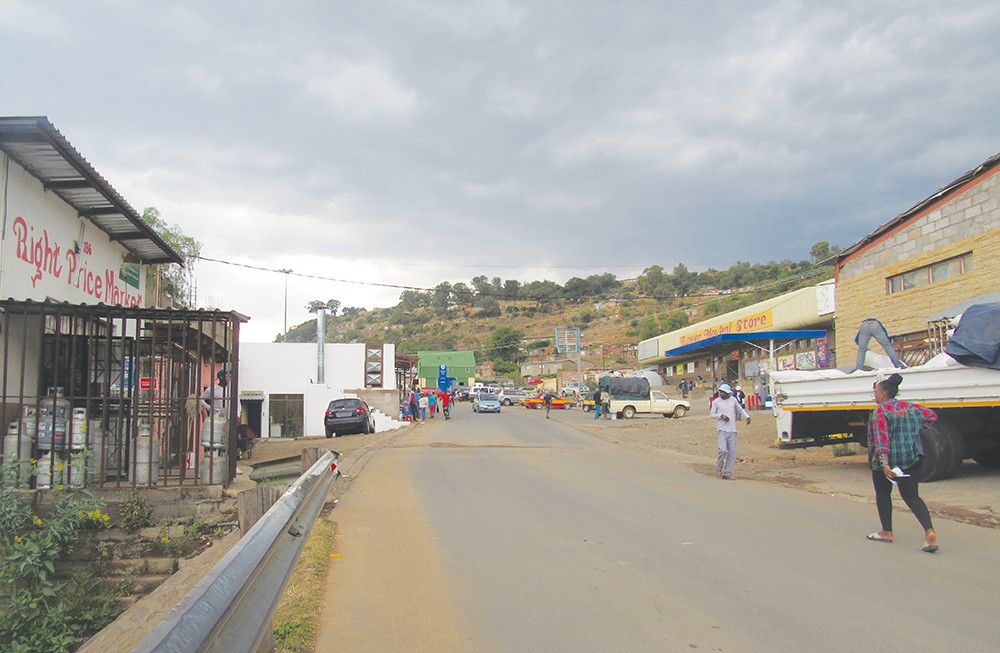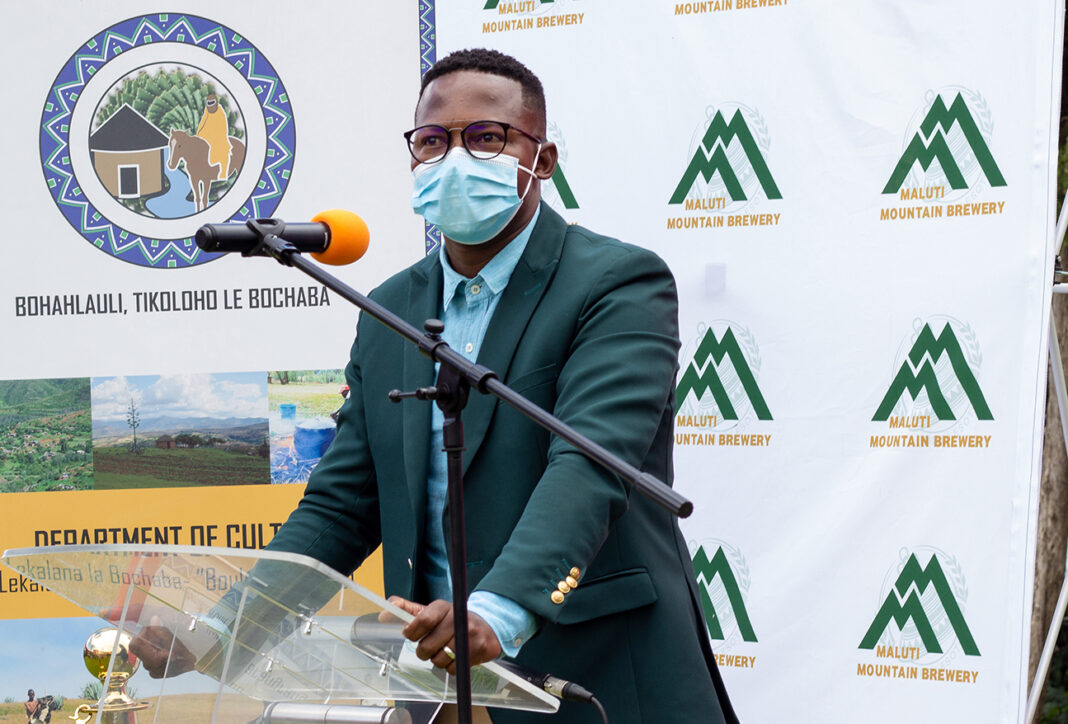By Teboho Serutla
Even though the Lesotho Meteorology Services, a few months ago, predicted improved rainfalls in the current summer cropping season, Lesotho continues to experience a food security crisis as it reels from the devastating effects of drought induced by the El-Nino phenomenon.
The protracted drought resulted in successive years of crop failures, low incomes and high food prices which saw households spending a considerable chunk of their income on food.
More than 70 percent of the population in rural Lesotho is engaged in subsistence farming. Productivity has been deteriorating since the early 1990s because of unpredictable weather conditions, including inconsistent rains and persistent and recurring droughts.
In 2019, the World Food Programme forecasted that over 30 percent of the Lesotho population across all 10 districts would face high levels of acute food insecurity until March 2020.
Maize is the staple diet of Lesotho, but just nine percent of the country’s total landmass is suitable for cultivation. Many poor rural households lack access to agricultural land, while those who do own land lack resources to maximize production, such as fertilisers and high-yield seeds.
According to the UN agency, Lesotho loses 7.13 percent of its GDP to chronic malnutrition, and around 33 percent of children under the age of 5 years are stunted, with a low height for their age. Nearly a quarter of the population is infected with HIV, with women being disproportionately affected due to gender-based violence. Around 80 percent of those living with HIV also have tuberculosis.
“Lesotho is highly vulnerable to the impact of climate change, with droughts already affecting harvest yields and causing significant loss of livestock. The climate is predicted to become warmer and dryer, making droughts and floods more frequent and intense. With less snow on the mountains and an increase in run-off rates, soil erosion will worsen and deplete the soil of nutrients. While some climate adaptation measures are being taken, the country lacks the resources for extensive mitigation.”
In an almost similar vein, a 2016 World Bank Group stated that, although Lesotho has one of the highest rates of access to clean water in sub-Saharan Africa – 72 percent in urban areas and 63 percent in rural areas – urbanisation is straining resources.
The report notes that agriculture is almost entirely rainfed and therefore highly vulnerable to changes in precipitation, undermining efforts to improve food security and, to achieve the government’s goal of 100 percent access to clean water in 2020, the country will need to invest heavily in urban water and sanitation services, especially in the lowlands.
In the face of such hardships, some urban dwellers are not twiddling their thumbs but are coming up with innovating ways to harvest available water resources to power small scale crop and vegetable production.
One such citizen is 44-year Motloheloa Mosito who resides at Tṧenola, one of the villages that are a walking distance from Maseru city.
With his backyard gardens yielding ever declining maize and vegetables, he decided to take the bull by the horns and set up his own irrigation scheme utilising the free flowing water from the nearby mountain.
Mosito has trapped and diverted the water using sheets of corrugated iron and, aided by gravity, it flows 500 metres through hosepipes to his village where he harvests and uses it to irrigate his plants.
Many residents in Tṧenola rely on water that gushes from small catchments at the plateau foothills. However, this water is gradually diminishing due to mishandling by community members and changes in weather patterns. As a result, only a few catchments (or water sources) remain.
“I don’t even know where I got the idea from; it just popped into my head. All I know is that I needed water to irrigate my plants and, in one way or another, I needed to find a solution, and fast.
“Since I have a big area to plant, it has always been my wish to produce enough vegetables to feed my family and sell the surplus. But I could not afford to purchase the necessary tools and equipment to irrigate my gardens. Eventually, I settled for whatever resources I had at my disposal. You could call it appropriate technology, if you like,” Mosito told theReporter.
This is not the first time Mosito has made an attempt at his audacious ‘irrigation scheme’. He failed at the first attempt due to lack of technical expertise, but he never gave up.
He knew that he had to find a way to make use of that water, which was going to waster anyway, so in the end, he came up with this new idea and gave it a go.
“I placed my corrugated iron pieces right at the source in an attempt to channel the water down to my place, but this turned out to be a mistake as my project last just one month as the water dried out. I recognised what I had done wrong and I set about to fix it. I learned that nature has its way of responding to human disturbance. So, instead of tampering with the source itself, I shifted my focus further away from it. This way, the source will continue producing water and I will continue harvesting it downstream.
“Come to think of it, what I am doing here is actually a message to the authorities to avail their experts to come and help us. I have no doubt that, done properly, this could go a long way towards conserving water and ensuring it benefits the entire community of Tṧenola.”
Meanwhile, Mosito has since approached the Smallholder Agriculture Development Project (SADP) for assistance and is in the process of preparing the documentation required in order to receive funding for his project.
The objective of SADPr is to increase in marketed output among project beneficiaries in Lesotho’s smallholder agriculture sector and, to improve recipients’ capacity to respond promptly and effectively to an Eligible Crisis or Emergency.









